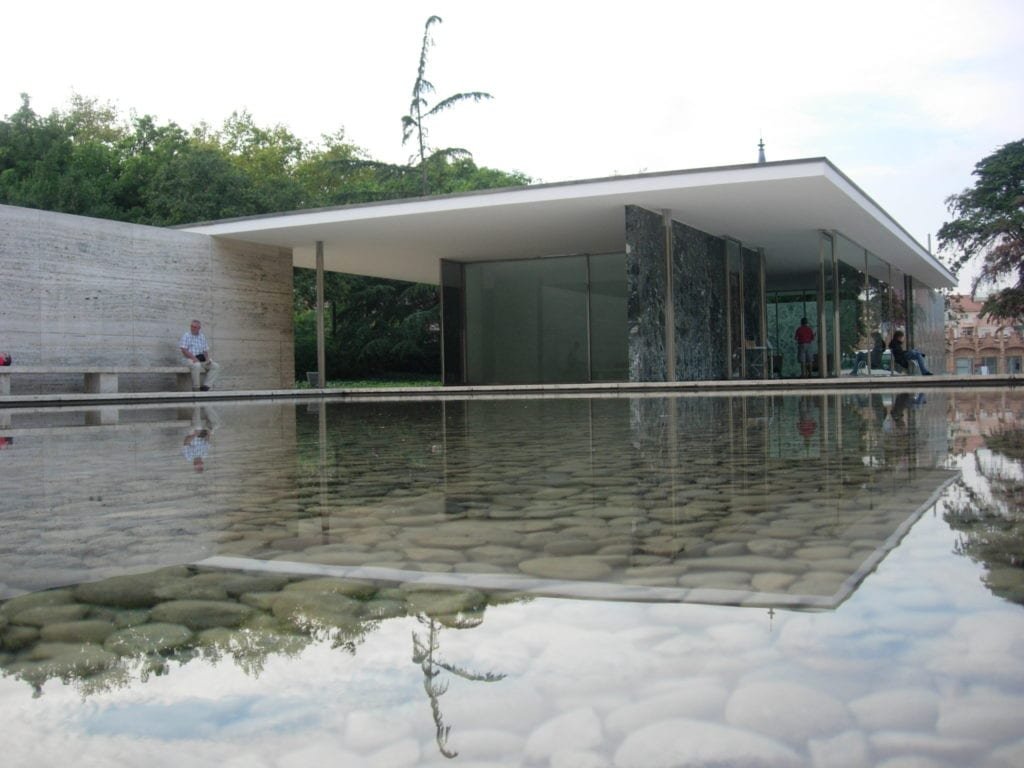Introduction:
Greek columns are an essential element of classical architecture. They have been used for thousands of years and are still widely used in modern times. These columns are not only functional but also decorative, adding beauty and elegance to buildings.
The three main types of Greek columns are Doric, Ionic, and Corinthian. Each of these columns has a distinct design and is associated with specific architectural styles.
In this article, we will explore the different types of Greek columns, their characteristics, and the architectural styles where they can be found. Whether you are a student of architecture, an art enthusiast, or simply curious, this article will provide you with a comprehensive understanding of Greek columns.
Doric Columns
Doric columns are the oldest and simplest of the Greek column types. They are typically found in ancient temples and other monumental buildings. Some of the most famous examples of Doric columns are the Parthenon in Athens and the Temple of Hephaestus in Athens.
Doric columns have a plain, fluted shaft, which is wider at the bottom than at the top. The column is topped with a capital, which is a square abacus, and a rounded echinus. The Doric entablature is characterized by a simple frieze and triglyphs.
Ionic Columns
Ionic columns are more decorative than Doric columns and were developed in the 6th century BCE. They are commonly found in temples, public buildings, and residential architecture. Some of the most famous examples of Ionic columns are the Temple of Artemis in Ephesus and the Erechtheion in Athens.
Ionic columns have a slender, fluted shaft, which is taller and thinner than the Doric column. The column is topped with a capital, which is characterized by a pair of volutes or spirals, and a flat abacus. The Ionic entablature is characterized by a continuous frieze and no triglyphs.
H3: Corinthian Columns
Corinthian columns are the most ornate of the Greek column types and were developed in the 5th century BCE. They are commonly found in Roman temples, public buildings, and churches. Some of the most famous examples of Corinthian columns are the Pantheon in Rome and the Temple of Olympian Zeus in Athens.
Corinthian columns have a slender, fluted shaft, which is taller and thinner than the Doric column. The column is topped with a capital, which is characterized by acanthus leaves, and a flat abacus. The Corinthian entablature is similar to the Ionic entablature, but it may have more decorative elements.
Architectural Styles
Each type of Greek column is associated with specific architectural styles. The Doric order is often associated with the Greek Classical style, which is characterized by simplicity, harmony, and balance. The Ionic order is often associated with the Greek Hellenistic style, which is characterized by grandeur, drama, and emotion. The Corinthian order is often associated with the Roman style, which is characterized by luxury, elegance, and grandeur.
Bullet points:
- The Greek Classical style is characterized by simplicity, harmony, and balance
- The Greek Hellenistic style is characterized by grandeur, drama, and emotion
- The Roman style is characterized by luxury, elegance, and grandeur
FAQ
Q: What is the difference between the Doric, Ionic, and Corinthian columns?
A: The main differences are in the design
of the shaft, capital, and entablature. Doric columns have a plain, fluted shaft, a square abacus, and a simple frieze with triglyphs. Ionic columns have a slender, fluted shaft, a pair of volutes or spirals on the capital, and a continuous frieze with no triglyphs. Corinthian columns have a slender, fluted shaft, acanthus leaves on the capital, and a similar entablature to the Ionic order.
Q: What is the significance of Greek columns in architecture?
A: Greek columns are not only functional but also decorative, adding beauty and elegance to buildings. They are an essential element of classical architecture and have been used for thousands of years. Different types of Greek columns are associated with specific architectural styles, representing the artistic and cultural values of the time.
Q: Where can I see examples of Greek columns?
A: Some of the most famous examples of Greek columns can be found in ancient temples, public buildings, and residential architecture. The Parthenon and the Temple of Hephaestus in Athens are excellent examples of the Doric order. The Temple of Artemis in Ephesus and the Erechtheion in Athens are excellent examples of the Ionic order. The Pantheon in Rome and the Temple of Olympian Zeus in Athens are excellent examples of the Corinthian order.
Conclusion
In conclusion, the different types of Greek columns are an essential element of classical architecture. Doric, Ionic, and Corinthian columns have distinct designs and are associated with specific architectural styles. Each type of column represents the artistic and cultural values of the time and adds beauty and elegance to buildings. Whether you are a student of architecture, an art enthusiast, or simply curious, exploring the world of Greek columns is an exciting and educational journey.

As an architecture and interior designer, I am passionate about creating spaces that inspire and delight those who inhabit them. With over a decade of experience in the industry, I have honed my skills in both the technical aspects of design and the art of crafting beautiful, functional spaces.
After earning my degree in architecture, I began my career working for a prestigious firm where I was exposed to a wide range of projects, from commercial buildings to high-end residential properties. During this time, I developed a keen eye for detail and a deep appreciation for the importance of form and function in design.
In recent years, I have struck out on my own, founding my own design studio where I have been able to further explore my passion for interior design. I believe that a well-designed space can transform the way people live and work, and I take pride in working closely with clients to understand their needs and create spaces that exceed their expectations.
Throughout my career, I have been recognized for my innovative and creative approach to design, and have been honored with a number of awards and accolades. When I’m not working on design projects, you can find me exploring the outdoors or seeking inspiration in the world around me.


